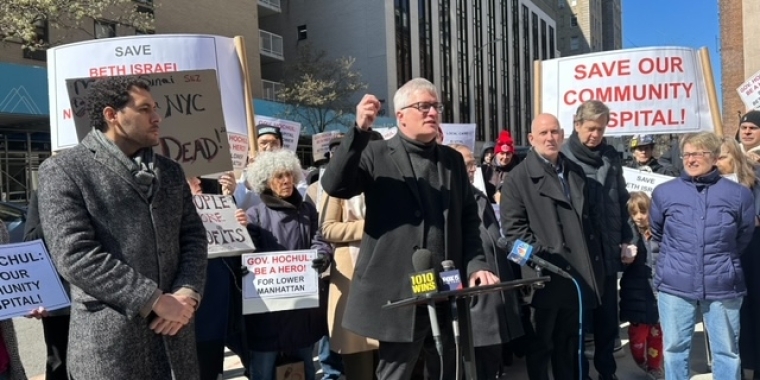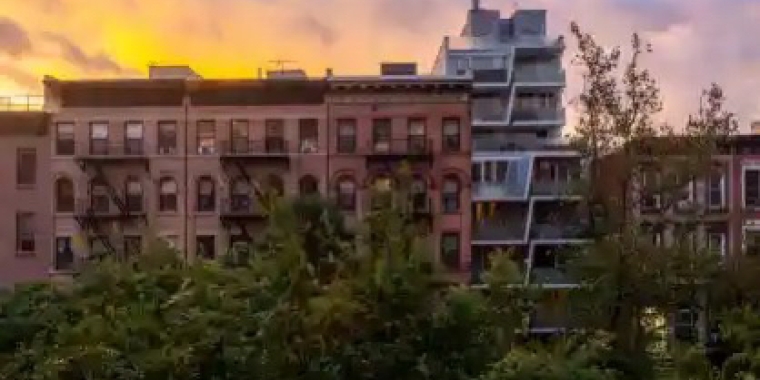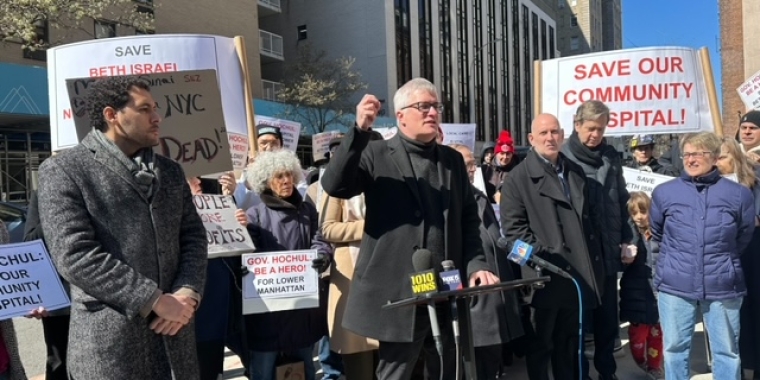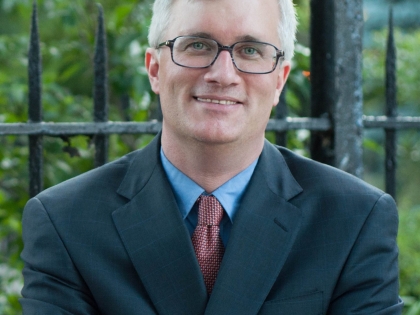
Manhattan BP Wants To Raze FDR Drive South of Brooklyn Bridge
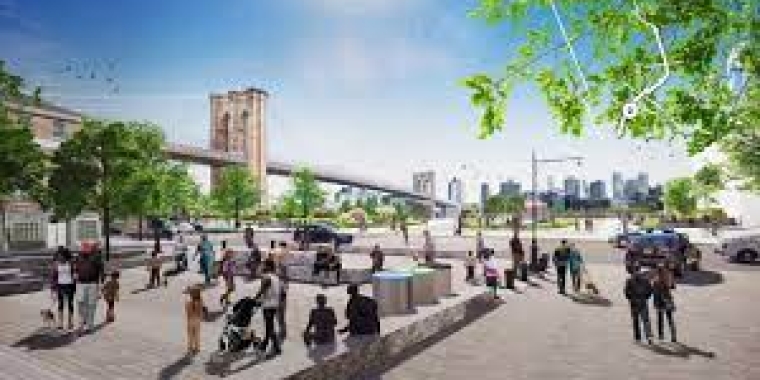
Brooklyn Bridge Viaduct
It's a great idea, but will highway-obsessed officials bite?
A newly revived dream of tearing down the FDR viaduct south of the Brooklyn Bridge and turning it into a waterfront bike and pedestrian oasis must overcome state and federal bureaucrats who have often been unwilling to remove awful urban highways.
Borough President Mark Levine said on Wednesday that he hopes to get federal support for the ambitious plan to remove the underused section of elevated highway between the bridge and the Battery Park underpass, but realizes that he faces a long road to, well, tear down a road.
“There’ll be many legal, environmental, obviously financial, jurisdictional questions that we’ll have to work through, but ... we’re confident that if we can get the infusion of resources from U.S. DOT, we’ll be off and running,” Levine told reporters at a press conference at the Seaport.
The beep wants Mayor Adams to apply for a federal Reconnecting Communities and Neighborhoods grant before the Sept. 28 deadline. The Biden bucks previously funded a $2-million study of capping the Cross-Bronx Expressway.
Reconnecting Communities is a pool of just $1 billion over five years for projects across the entire country, but Levine hoped some of that funding could get the ball rolling by paying for design and engineering for the FDR revamp.
“It will help fund exactly this kind of project, we’re a perfect candidate for Reconnecting Communities,” he said.
Levine pointed out that this kind of highway teardown has already been done on the West Side Highway in the 1970s and '80s — but part of that roadway had to collapse first before officials transformed it into the boulevard of today.
A better comparison might be Seattle's Alaskan Way Viaduct, a double-decker highway carrying 90,000 vehicles a day that Emerald City officials tore down in 2019.
The possibilities are endless for how to better use public space formerly earmarked for private automobiles, as became clear when Seoul removed its Cheonggyecheon Highway in the early 2000s and replaced it with a waterfront park.
The portion of the FDR south of the Brooklyn Bridge carries an average 51,000 vehicles a day, about one-third of the 137,000 daily cars further north on the highway, according to State Department of Transportation traffic counts from 2019.
The downtown section was the last link of the peripheral East Side highway and opened to traffic in 1954, and Levine's predecessor borough president at the time, Hulan Jack, praised it as "an achievement of vision and progress," which would relieve congestion — a classic misconception of mid-century urban planners, disproven by the phenomenon of induced demand where drivers soon fill up new roadways.
Unfortunately that mindset is still alive and well in New York City government, where Department of Transportation officials are considering re-widening the Brooklyn-Queens Expressway cantilever at the Brooklyn waterfront in the hopes of relieving congestion on nearby neighborhood streets.
The city did float the idea of eliminating the underused stretch of the FDR back in 2021 as part of its coastal resiliency project for the lower Manhattan coastline.
The Economic Development Corporation presented such a proposal two years ago, saying it would “further integrate the city with the waterfront” as part of the city’s $7-billion plans to shore up the low-lying southeastern coast of Manhattan.
The Robert Moses-era highway is not just an eyesore, it also stood in the way of EDC’s plans to protect the shore, according to a 2019 study where officials described the FDR as a “significant constraint” for any project since any new construction cannot touch the viaduct’s columns or foundations.
The designs didn’t make it into the city's final master plan, but EDC official told the news outlet The City in 2021 that its designs allowed for an FDR teardown “if at some future date someone decides that the FDR Drive doesn’t need to be there anymore as a piece of infrastructure.”
Levine’s office dug up EDC’s old renderings for his push for a highway-free downtown waterfront. City Hall is reviewing the proposal, said spokesman Charles Lutvak, adding that since this portion of the highway is state-owned, the New York State DOT would need to get on board, too.
The state, however, has a history of rejecting pleas from local officials to rethink urban highways it controls. State DOT officials snubbed calls to reimagine its sections of the BQE, and threw cold water on Levine's call for removing a vehicle lane of the West Side Highway for bikes.
This comes at a time when officials should be making room for people outside of cars in the lead up to congestion pricing, which is slated to reduce the number of cars entering Lower Manhattan.
But there's one complication: the FDR is one of the few roads exempt from the toll below 60th Street, so drivers heading into Manhattan can drive uptown with out entering the congestion zone.
“This is going to be very complicated,” admitted state Sen. Brian Kavanagh. “We will work with the borough president, with the transportation officials at the city, state and federal level, but it’s great that we are setting the table today.”
State DOT and U.S. DOT did not immediately provide comment.
